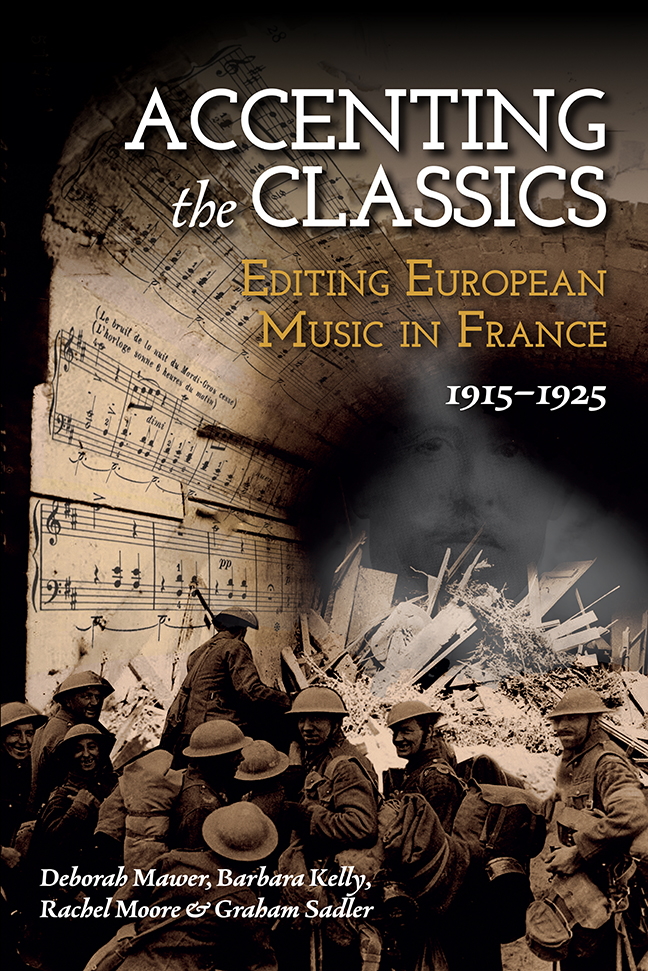Book contents
- Frontmatter
- Contents
- List of Figures
- List of Tables
- Notes on Co-authors
- Acknowledgements
- List of Abbreviations
- Note on the Text
- Introduction
- Part I Durand and His Édition Classique
- Part II Composer–Editor Case Studies
- Part III Beyond Editing: Pedagogy, Performance, Composition
- Afterword
- Select Bibliography
- Index
2 - Charting the Édition: Production Data, Musical Contents and Relationships
Published online by Cambridge University Press: 10 January 2024
- Frontmatter
- Contents
- List of Figures
- List of Tables
- Notes on Co-authors
- Acknowledgements
- List of Abbreviations
- Note on the Text
- Introduction
- Part I Durand and His Édition Classique
- Part II Composer–Editor Case Studies
- Part III Beyond Editing: Pedagogy, Performance, Composition
- Afterword
- Select Bibliography
- Index
Summary
The main purpose of this chapter is to present a double overview: firstly, of the Édition Classique's production data, including details about the plate numbers, impressions and print runs as measures of commercial success; secondly, of the main musical contents and extents of this editorial venture, primarily across its opening decade, 1915–25. In so doing, the chapter picks up on some terms and emergent themes identified in the Introduction, especially ‘classics’, European music and canonicity. It considers the various potential relationships that connect the European musical repertories and their subsequent Durand editions, and leads to a brief exploration of the idea of emergent composer–editor ‘networks’.
As noted in Chapter 1, the Édition Classique A. Durand & Fils commenced publication in early 1915 and spawned new volumes throughout the interwar years. In a spirit of commercial empire-building, it incorporated previous Durand and other – notably German – editions from the later nineteenth century. Conversely, this set of collected editions continues to our present day, with further reprints and some editorial reworking. As one of several competing, contemporaneous series, Jacques Durand's Édition was notable for its scale and sheer longevity; its pedagogical links to the Paris Conservatoire; and because it included a roster of ‘big-name’ French composers on its main editorial team: Saint-Saëns and Fauré, together with Debussy, Dukas and Ravel.
This popular, affordable edition of classics comprised predominantly nineteenth- century European piano music, but it also encompassed earlier transcribed keyboard repertory, organ works and piano transcriptions, supplemented by some instrumental music (for example, for violin, cello, with and without piano), chamber music (particularly string quartets, piano trios) and concerto or symphonic reductions (solo instrument with piano accompaniment and piano duet, respectively). By contrast, the collection contained relatively little music for woodwind instruments (primarily flute and clarinet) and hardly any vocal repertory, with the main exception of a few pedagogical materials. While a large portion of this corpus was Austro-German, the series also included volumes of French, Belgian and Italian music.
- Type
- Chapter
- Information
- Accenting the ClassicsEditing European Music in France, 1915-1925, pp. 39 - 70Publisher: Boydell & BrewerPrint publication year: 2023

